Sowing Baby’s Breath Seeds: Learn How To Plant Gypsophila Seeds
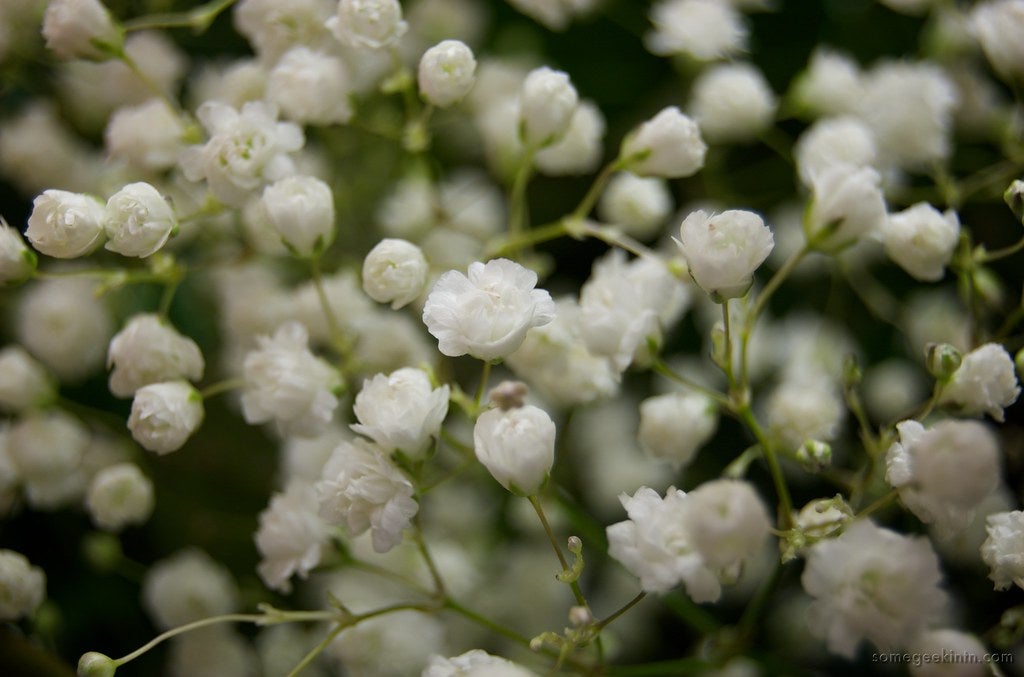

Baby's breath is an airy delight when added to specialty bouquets or just as a nosegay in its own right. Growing baby's breath from seed will result in clouds of the delicate blooms within a year. This perennial plant is easy to grow and low maintenance. Read on for more tips on how to plant Gypsophila, or baby's breath.
Baby’s Breath Seed Propagation
Easily recognizable from bridal displays to any occasion flower arrangements, baby's breath is a hardy perennial. It is suitable for USDA zones 3 to 9. Plants can be easily started from seed. Baby's breath seed propagation can be done early indoors in flats or planted outside after all danger of frost has passed.
Transplants and seeds should go outdoors after the threat of any frost has passed. Direct sowing baby's breath seeds in 70 degree F. (21 C.) soil will result in faster germination.
How to Plant Gypsophila Indoors
Plant seed in flats or small pots six to eight weeks before planting outdoors. Use a good seed starter mix and sow seed with just a dusting of soil over.
Keep the soil moist and warm when sowing baby's breath seeds. The use of a heat mat can speed germination, which can occur in just ten days.
Keep seedlings in bright light, moderately moist, and feed them at one month with a half strength plant food.
Grow seedlings until they have two pairs of true leaves. Then begin to harden them off, gradually getting plants used to outdoor conditions for a week. Transplants are subject to shock. Use a transplant or starter food after the plants go in the ground.
Gardening tips, videos, info and more delivered right to your inbox!
Sign up for the Gardening Know How newsletter today and receive a free copy of our e-book "How to Grow Delicious Tomatoes".
Growing Baby's Breath from Seed Outdoors
Prepare a garden bed by tilling deeply and removing rocks and other debris. Incorporate leaf litter or compost if the soil is heavy or contains a lot of clay.
Sow seeds thinly, 9 inches (23 cm.) apart once any chance of frost is over. Spread 1/4 inch (6 mm.) of fine soil over the seeds and firm it. Water the bed and keep it lightly moist.
Thin seedlings if they are crowded. Use organic mulch between the plants, keep weeds pulled, and water weekly. Fertilize with a diluted fertilizer or compost tea when plants are four weeks old.
Additional Care for Baby’s Breath
Growing baby's breath from seed is easy and plants may produce flowers the first year. Once all blooms are open, cut the plant back to force a second flush.
Water in the morning or at the root zone to prevent common fungal diseases. Few pests bother baby's breath but they may get attacked by aphids, leafhoppers, and slugs.
For fresh flowers, cut stems when partially open. To dry sprays, harvest stems when in full bloom and hang in bundles upside down in a warm, dry location.

Bonnie Grant is a professional landscaper with a Certification in Urban Gardening. She has been gardening and writing for 15 years. A former professional chef, she has a passion for edible landscaping.
-
 Looking For Plants To Give You The Soft And Fuzzies? Try These 5 Fuzzy Leaf Plant Options
Looking For Plants To Give You The Soft And Fuzzies? Try These 5 Fuzzy Leaf Plant OptionsLovers of texture, drama, silver foliage and tactile plants will adore these special sensory garden additions. These fuzzy leaf plant options will leave you all aglow
By Susan Albert
-
 Get Ready For A Summer Of Hummers! Grow These Full Sun Hummingbird Plants and Flowers
Get Ready For A Summer Of Hummers! Grow These Full Sun Hummingbird Plants and FlowersIf you’re lucky enough to enjoy a sunny backyard, make sure you are maxing out on your pollinator opportunities and grow these full sun hummingbird plants and flowers
By Tonya Barnett
-
 Is Baby’s Breath Bad For Cats: Information About Gypsophila Poisoning In Cats
Is Baby’s Breath Bad For Cats: Information About Gypsophila Poisoning In CatsIf you are the lucky recipient of a bouquet and have a cat, your feline friend may harbor a particular fascination with the baby’s breath. After all, plants are fun for cats, which beckons the question: is baby’s breath bad for cats? Click this article to learn more.
By Amy Grant
-
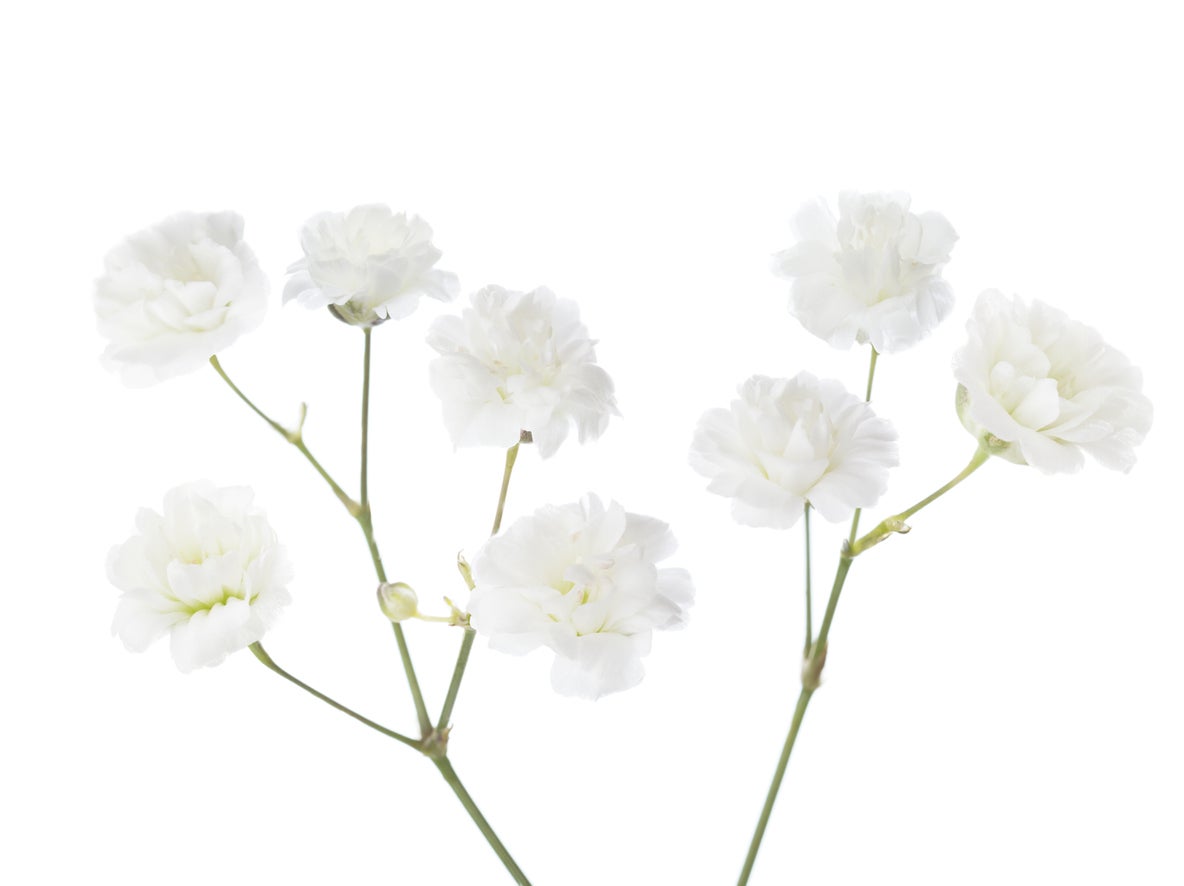 Growing Baby’s Breath From Cuttings: How To Root Gypsophila Cuttings
Growing Baby’s Breath From Cuttings: How To Root Gypsophila CuttingsBaby’s breath is the star of the cutting garden, providing delicate little blooms that dress up floral arrangements, (and your garden). If you have access to a mature baby’s breath plant, growing cuttings from baby’s breath is easy. Learn more in this article.
By Mary H. Dyer
-
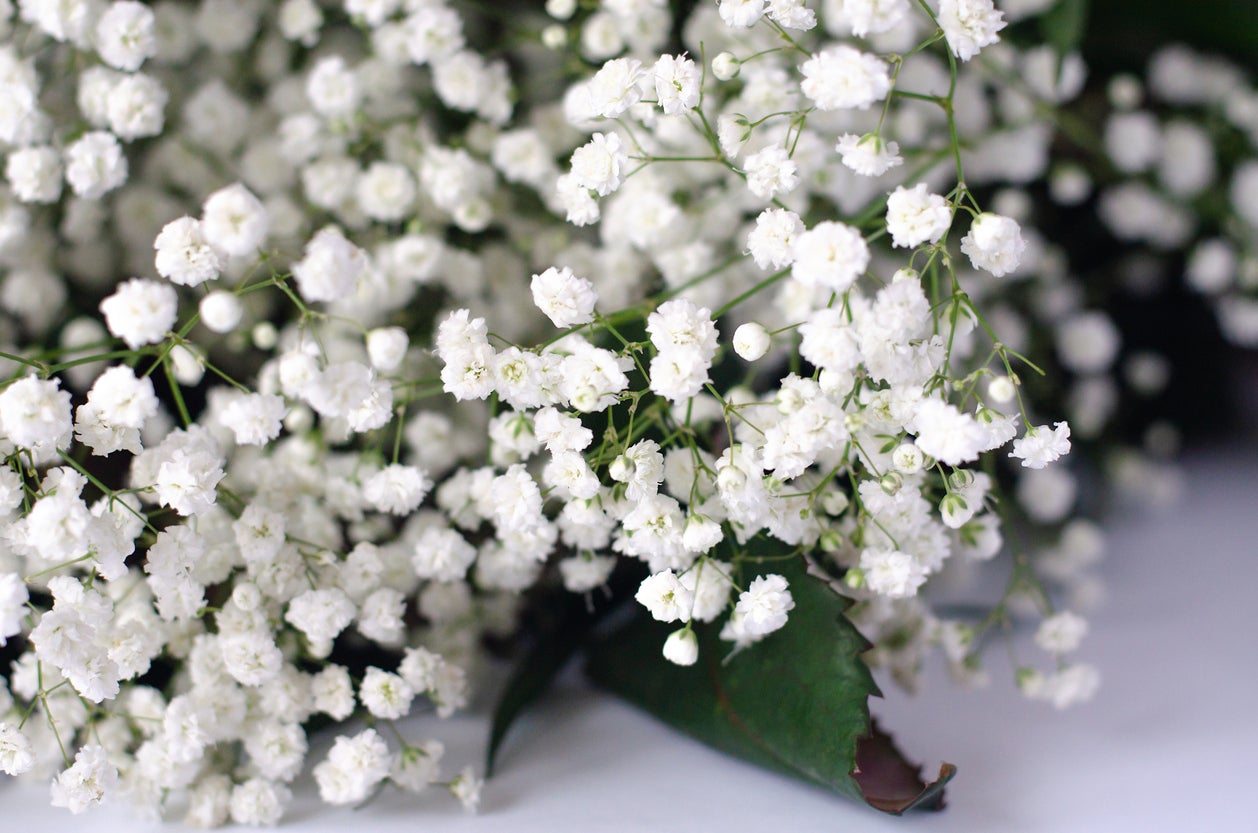 Baby’s Breath Winter Care: Information About Winterizing Baby’s Breath Plants
Baby’s Breath Winter Care: Information About Winterizing Baby’s Breath PlantsBaby’s breath is a staple of cut flower bouquets. You can grow these flowers in your garden with an annual or a perennial variety. Depending on the climate, you may need to take some extra steps to ensure survival over the winter. This article will help with that.
By Mary Ellen Ellis
-
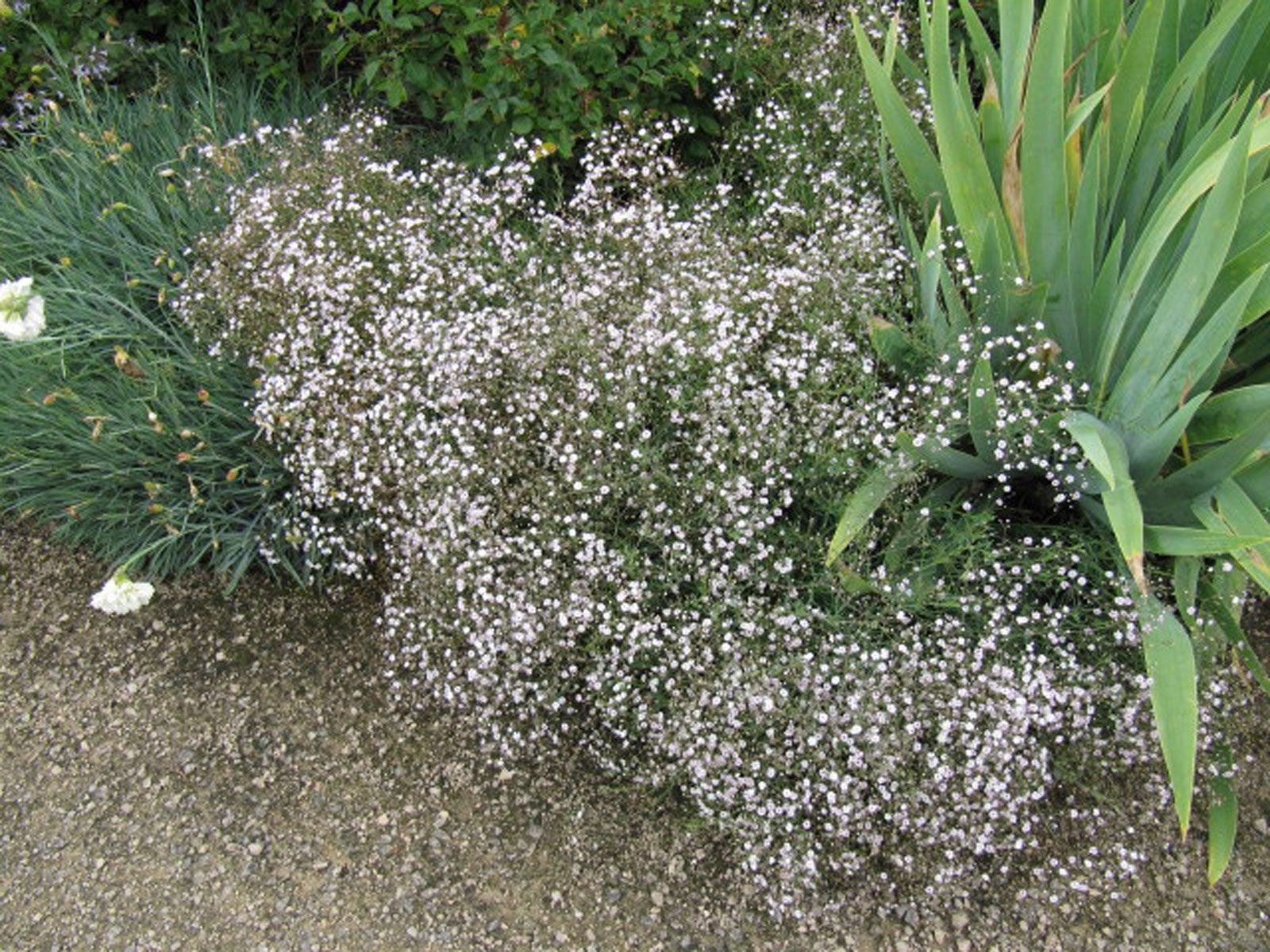 Baby’s Breath Issues – How To Deal With Common Gypsophila Problems
Baby’s Breath Issues – How To Deal With Common Gypsophila ProblemsBaby's breath is best known for adding a little magic to floral arrangements. If you are thinking of planting these flowers in your backyard, you will want to learn about common problems with baby’s breath plants. Click here for common Gypsophila problems.
By Teo Spengler
-
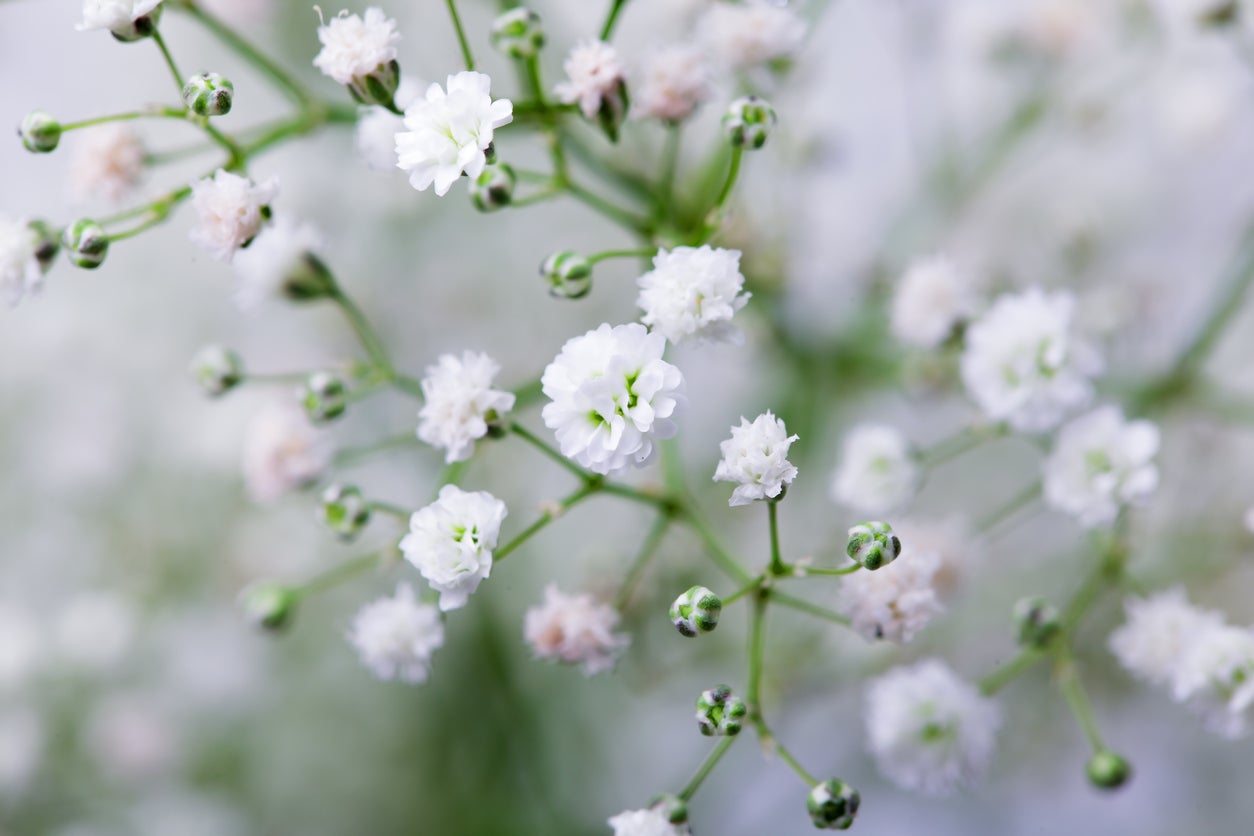 Baby’s Breath Varieties: Learn About Different Types Of Gypsophila Plants
Baby’s Breath Varieties: Learn About Different Types Of Gypsophila PlantsBaby’s breath flowers provide an airy look to floral arrangements but can also be just as pretty used in a border or rock garden. It is one of several types of Gypsophila. Click here to learn about different baby’s breath varieties for the garden.
By Mary H. Dyer
-
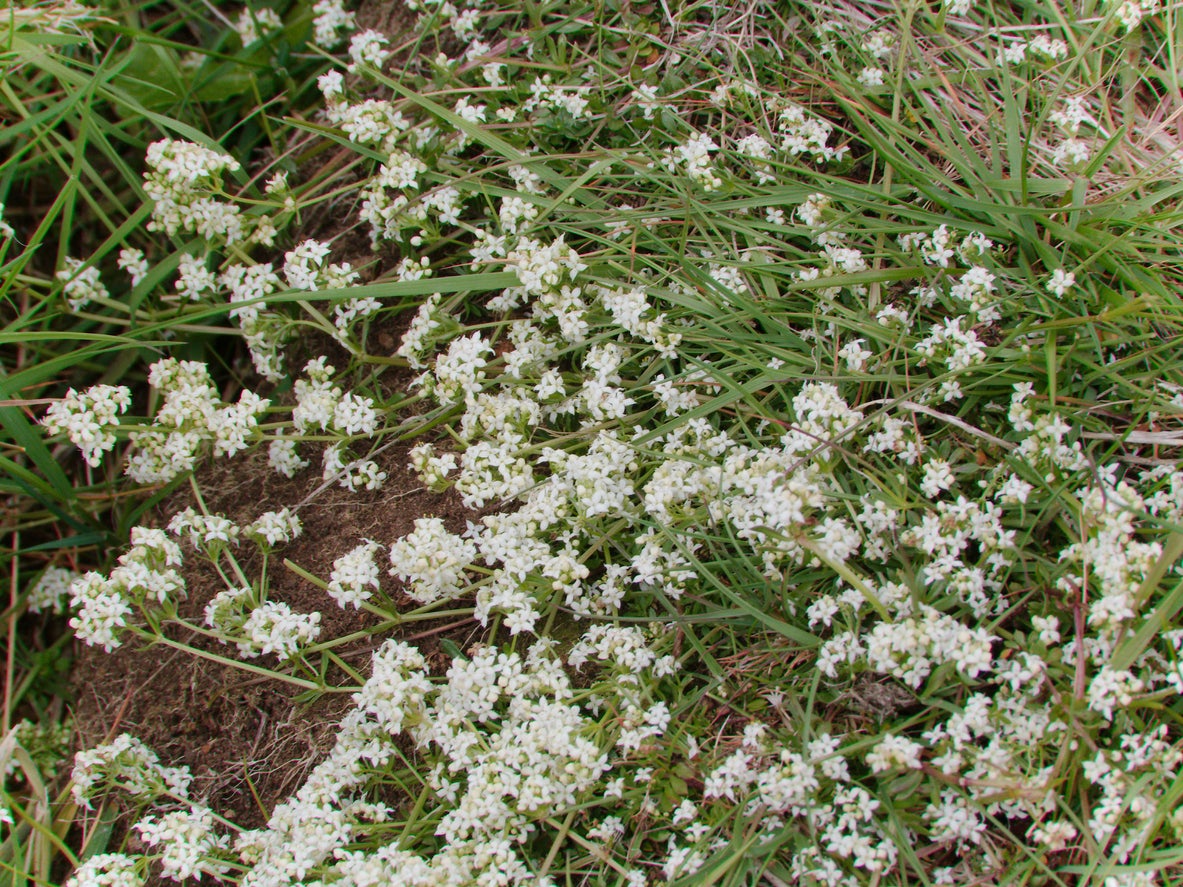 Trimming Baby’s Breath – Learn How To Prune Baby’s Breath Plants
Trimming Baby’s Breath – Learn How To Prune Baby’s Breath PlantsYou can grow baby’s breath as an annual or a perennial, depending on the variety chosen. Care is fairly easy, but a little Gypsophila pruning will help your plants grow healthier and bloom more. This article will help get you started with baby’s breath pruning.
By Mary Ellen Ellis
-
 Baby’s Breath Skin Irritation: Is Baby’s Breath Irritating When Handled
Baby’s Breath Skin Irritation: Is Baby’s Breath Irritating When HandledBaby’s breath is commonly found naturalized throughout much of the northern United States and Canada and often identified as an invasive weed. Despite the innocuous look of these sweet soft blooms, baby’s breath harbors a little secret. Learn more in this article.
By Amy Grant
-
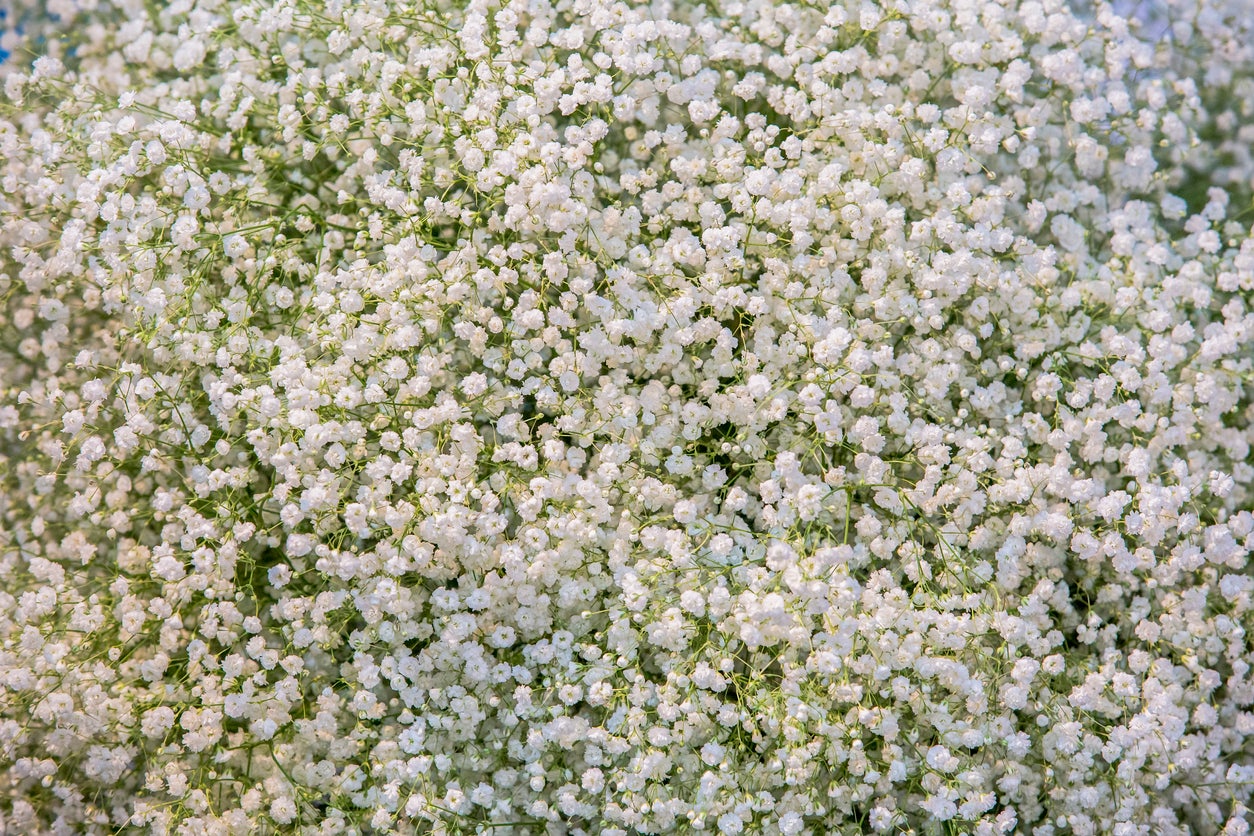 Baby’s Breath Propagation: Learn About Propagating Baby’s Breath Plants
Baby’s Breath Propagation: Learn About Propagating Baby’s Breath PlantsBaby’s breath is a small, delicate bloom included as a finishing touch in many bouquets and flower arrangements. They look great in outside flower beds, too. Starting a new baby’s breath from existing plants is a great way to get more. Click here to learn how.
By Becca Badgett